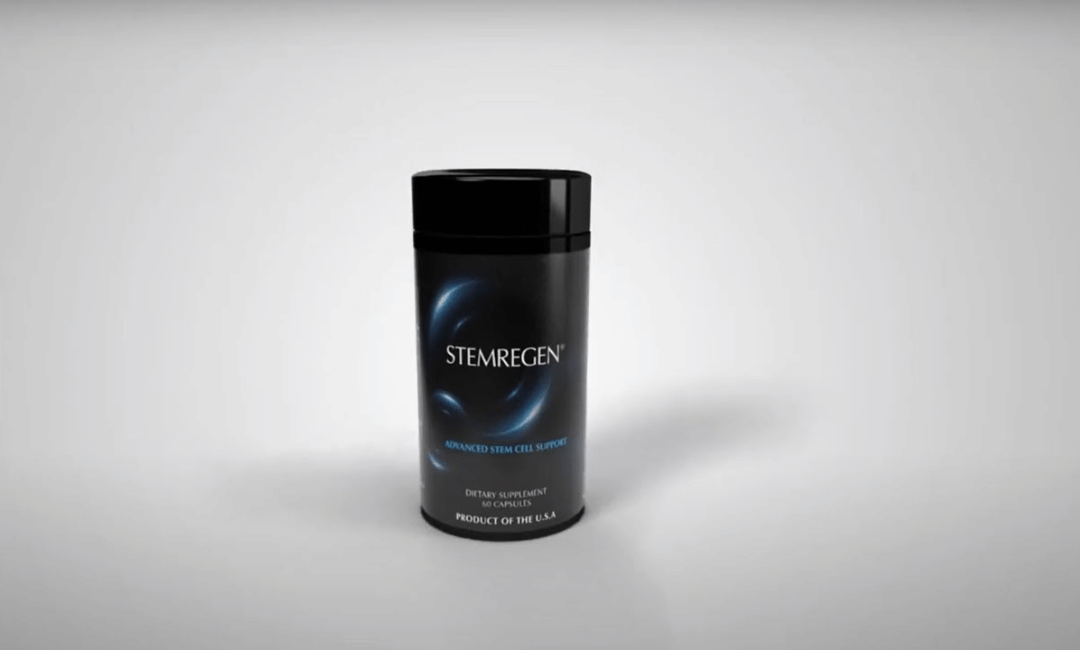
Exploring the Potential of Stemregen in Regenerative Medicine
In the dynamic realm of regenerative medicine, the pursuit of groundbreaking solutions to restore and enhance bodily functions remains relentless. Among the innovative strategies on the horizon, Stemregen emerges as a beacon of hope, poised to redefine the landscape of healing and regeneration. This article offers an in-depth exploration of Stemregen, shedding light on its mechanisms, applications, and future prospects in the medical arena.
How Does Stemregen Work?
Stemregen represents a pioneering approach that harnesses the regenerative prowess of stem cells. These remarkable cells, capable of transforming into diverse cell types, hold immense potential for repairing damaged tissues and organs. Stemregen opens doors to treatments once deemed unimaginable, offering renewed hope to patients facing challenging medical conditions.
At its core, Stemregen involves isolating stem cells from either the patient’s own body or external sources, then enhancing their regenerative properties through laboratory manipulation. Once primed, these cells are reintroduced into the body, targeting specific areas in need of repair. With precise control mechanisms, these stem cells differentiate into the required cell types, facilitating healing and regeneration.
Applications of Stemregen in Medicine

StemRegen’s application in the medical field is transforming how we approach a myriad of health conditions, from chronic diseases to acute injuries, underscoring its pivotal role in advancing patient care and optimal health.
Combatting Chronic Diseases with Precision
StemRegen leverages the power of embryonic stem cells and adult stem cells—sourced from bone marrow or other endogenous stem cells—to target and treat chronic conditions such as heart disease, diabetes, and neurological disorders, including Parkinson’s and Alzheimer’s.
This treatment method transcends mere symptom management, offering a glimpse into potential disease reversal by replacing damaged cells with healthy ones. The ability of stem cells to differentiate into specialized immune cells or connective tissue cells means they can be tailored to address specific ailments within the human body.
Revolutionizing Tissue and Organ Regeneration
In instances of acute injuries or conditions causing tissue degradation or organ failure, StemRegen unlocks regenerative capabilities beyond traditional treatments. It facilitates tissue repair and organ regeneration by cultivating necessary cells—be it growth factors for healing proteins or new blood vessels. For burn victims, StemRegen can regenerate skin, while for heart attack patients, it offers hope in repairing heart tissue and even promoting tissue repair in vital organs awaiting transplantation.
Enhancing Wound Healing and Recovery
StemRegen stands out in accelerating the healing process, especially for diabetic or elderly individuals where recovery is inherently slower. By injecting life into the healing process through faster tissue regeneration and the formation of new blood vessels, StemRegen aims to significantly reduce recovery time and prevent the complications associated with slow-healing wounds.
Some other applications include:
Embryonic and Adult Stem Cells: These cells are at the forefront of StemRegen’s applications, offering versatile solutions for optimal health and recovery. Their unique ability to transform into any cell type makes them invaluable in regenerating tissues and organs, and improving physical performance and healing in the human body.
Bone Marrow and Endogenous Stem Cells: Utilized for their potent regenerative properties, these stem cells are instrumental in promote tissue repair and enhancing the body’s natural healing mechanisms.
Growth Factors and Healing Proteins: Key components in StemRegen treatments, these substances stimulate the repair of tissues and the formation of blood vessels, crucial for restoring damaged areas and supporting the body’s healing process.
By the Numbers: Research has shown that treatments involving growth factors can accelerate the healing process by up to 50% in certain conditions, showcasing the profound impact StemRegen could have on recovery times and the effectiveness of regenerative medicine.
StemRegen represents a groundbreaking shift in treating an expansive range of medical conditions, offering hope for disease eradication, tissue regeneration, and a swift recovery process. As we continue to unlock the potential of stem cell therapy, their role in promoting health, enhancing recovery, and improving human life becomes increasingly significant.
The Future of Stemregen in Regenerative Medicine
While the horizon appears promising for Stemregen, hurdles remain on the path to widespread adoption.
Overcoming Regulatory Hurdles
Before Stemregen therapies can reach the masses, they must navigate stringent testing and secure approval from regulatory bodies. Upholding safety and efficacy standards is imperative for their success and public acceptance.
Advancements in Technology
Continuous technological strides are pivotal in enhancing the effectiveness, affordability, and accessibility of Stemregen therapies. From refining stem cell cultivation techniques to devising precision delivery systems, each innovation propels us closer to unlocking Stemregen’s full potential.
Conclusion
Stemregen stands as a beacon of hope in unlocking the body’s innate regenerative capabilities. With its diverse applications and potential to tackle previously insurmountable conditions, Stemregen epitomizes the transformative essence of regenerative medicine. As we persist in exploring and honing these therapies, the vision of harnessing our inherent healing potential edges closer to realization.
References
Dominici, M., Le Blanc, K., Mueller, I., Slaper-Cortenbach, I., Marini, F., Krause, D., … & Horwitz, E. (2006). Minimal criteria for defining multipotent mesenchymal stromal cells. The International Society for Cellular Therapy position statement. DOI: 10.1634/stemcells.2006-0334
Viswanathan, S., Shi, Y., Galipeau, J., Krampera, M., Leblanc, K., Martin, I., … & Nolta, J. A. (2019). Mesenchymal stem versus stromal cells: International Society for Cell & Gene Therapy (ISCT®) Mesenchymal Stromal Cell committee position statement on nomenclature. DOI: 10.1002/sctm.19-0180
